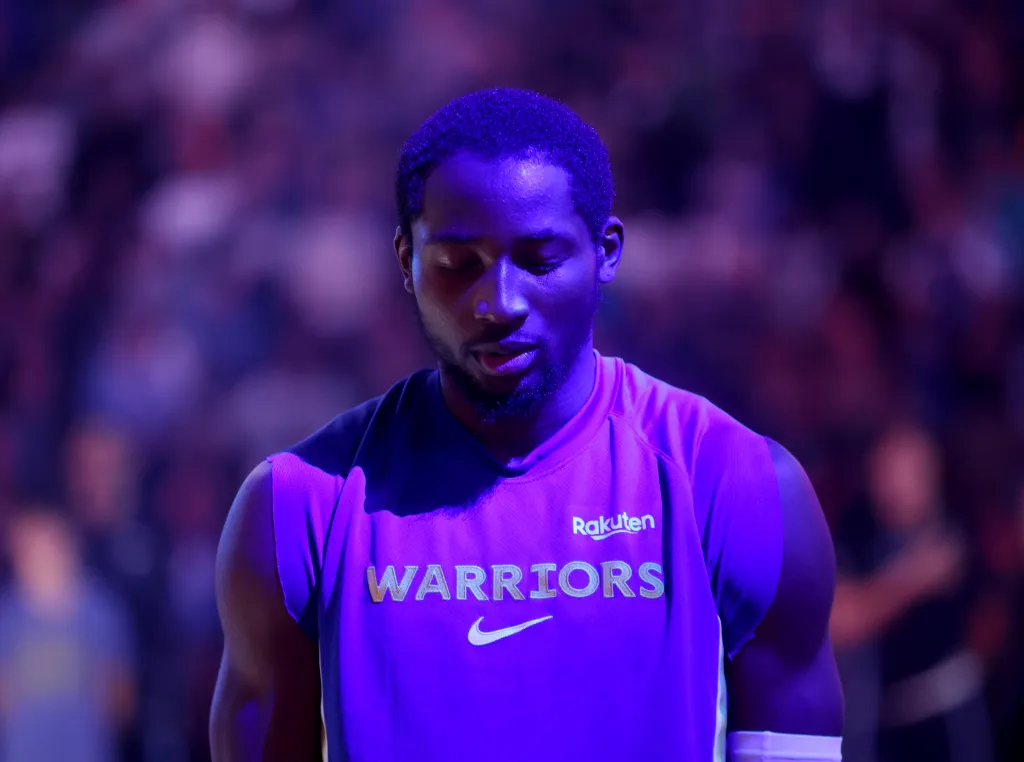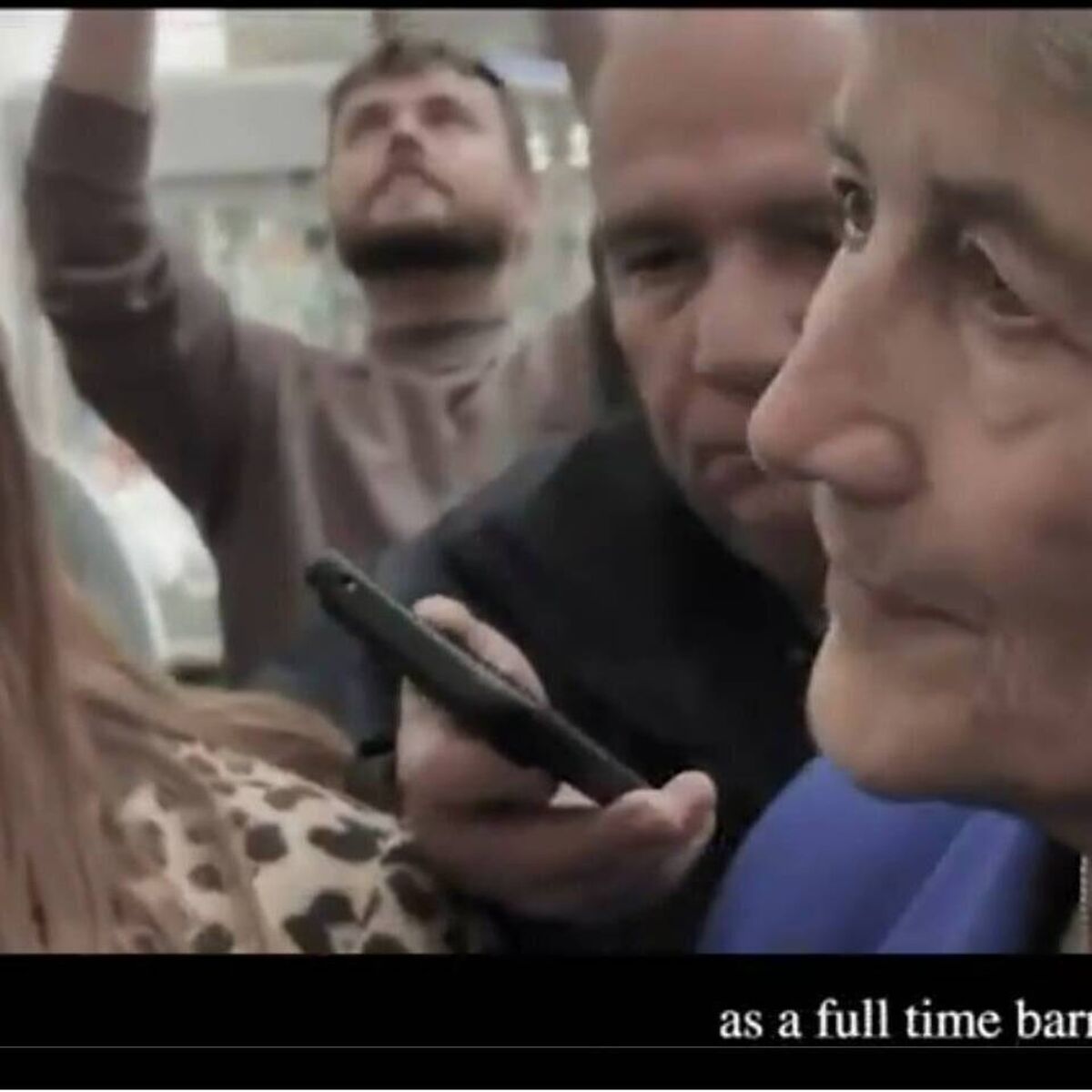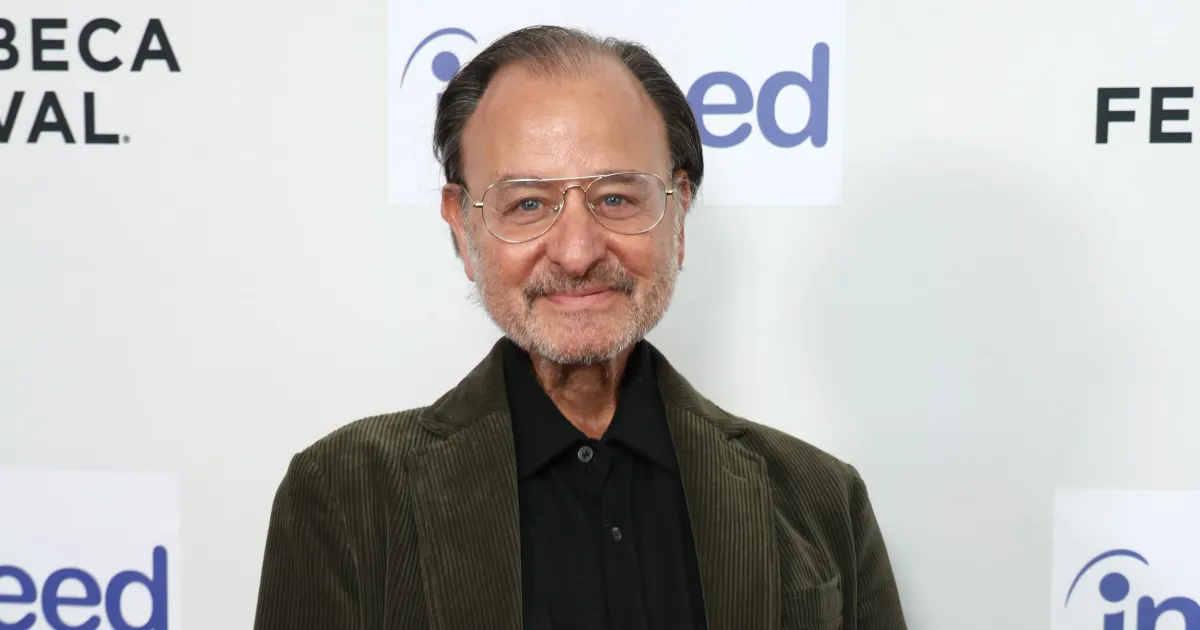Copyright Santa Rosa Press Democrat

The entire thing was a joke —a business-school buzzphrase applied to a sports dynasty clinging to galaxy-brained ideas in the hopes of maintaining previously unparalleled relevance. The Two-Timeline Plan. With it, the Golden State Warriors were trying to do what no one in the modern NBA has ever truly done: compete for a title with a core of thirty-somethings who are walking Hall of Famers, while simultaneously developing a young, high-drafted core to take over the franchise without skipping a beat. It was never going to work. It was merely an idea of fanciful imagination, and frankly, a hilarious spectacle of hubris. And yet, here we are, five games into the 2025-2026 season, and the Golden State Warriors are 4-1. That itself isn’t unique; they’ve been 4-1 the past two seasons, as well. But just because the record is the same doesn’t mean that this season doesn’t feel different. Because, somehow, someway, the two timeline plan is… working. And the catalyst is the kid everyone, myself perhaps foremost on the list, expected to be the odd man out. Jonathan Kuminga is playing like an All-Star. Take a moment to let that sink in. Ok, perhaps not an All-Star in the traditional “He’s putting up 30 a night” sense, but in the “He has fundamentally changed the ceiling of this basketball team” sense. Which is to say that he is an entirely different player than the one we saw heading into this tumultuous offseason. Four or five times a game this season, I can’t help but exclaim, “Who is this guy?” When did Kuminga start playing with incisiveness, with an eye for not just a clean, defense-breaking pass, but the pass after that, as well? When did this guy learn to rebound? And was that an off-ball cut? The numbers of Kuminga’s start to the season tell a compelling story of a player who stopped trying to be the next Kobe Bryant and started being the version of himself this championship system needed — the X-factor. Sixteen points per game is par for the course, but adding three more rebounds per game and an additional assist per contest (which says nothing to all the potential assists, which are up 50 percent) — that’s game-changing, season-changing, perhaps even franchise-changing stuff. But those numbers only tell half the story. It’s all the things the box score can’t show that tell us Kuminga hasn’t just made a leap in his age-23 season; no, he’s a rocket that’s been launched. We’ve seen the athleticism, the ferocious dunks, the moments where he looked like a runaway freight train. But that was always punctuated by a forced shot, a defensive lapse, or a ball-stopping isolation play that made Steve Kerr’s hair turn another shade of grey. This year? He’s a machine. A winning machine. When Kuminga started the season in the Warriors’ starting lineup, it was easy to be skeptical about the decision’s origin. Was that just politics? A bone to throw a young player after an offseason where he was seemingly on trial? Ok, maybe it was a little bit. But it should be no surprise that Kuminga is a cemented starter now — a decision Kerr announced Tuesday. He’s earned it. Kuminga as a starter makes this Warriors team better. That’s, in large part, because Kuminga can now play alongside two other Dubs starters, Jimmy Butler and Draymond Green. A lot of that is a byproduct of the Warriors’ vastly improved spacing at the center position. Last year, those three forwards on the court at the same time were an abject nightmare that took basketball back to the early aughts. Kerr didn’t even bother playing the three-man combo much; it was so bad. In 38 minutes together, they posted a minus-24 net rating, with a woeful 104 offensive rating. Now, with either Al Horford or Quenten Post at the 5, the Warriors have a sweet-shooting big man who can get the hell up out of the way of Butler and Green. But Kuminga is doing his part, too. By being a “point-five” player (someone who shoots, passes, or appropriately drives a half a second after receiving the ball) with an increasingly confident 3-point shooting, he’s now an effective perimeter player. That three-man combination Kerr couldn’t play less last season? It’s now arguably the Dubs’ best three-man subunit. In 74 minutes together (yes, in five games Kerr has already doubled the amount of time these three have played together year over year), the Butler, Green, Kuminga trio is good for a plus 27 net rating (131 offensive, 104 defensive) No, Kuminga won’t shoot 43 percent from beyond the arc all season, but he’ll keep getting open looks, and between taking them or using the threat of the shot to effectively drive (and perhaps even kick) the Warriors’ offense — the operation for all five Dubs to participate in — is taken up a level. But let’s highlight the real change here: the rebounding. For years, Kerr and the Warriors’ coaching staff have pleaded with Kuminga privately and through the media to hit the glass. For an undersized team like the Warriors, it was mission-critical. Their argument: Hey, you can jump higher than anyone on the court. Why not use that ability to procure missed shots for the betterment of our team? Kuminga wasn’t really into that idea for a while. The difference between the Warriors’ strong start this year and those of prior campaigns might be as simple as Kuminga fulfilling the request to rebound.. “I think I just enjoy doing it,” Kuminga said this week. I know the Warriors enjoy him doing it. In effect, he’s turned into their own Aaron Gordon — the model power forward for any championship-level team. “He’s key in what we’re trying to do this season,” Butler said of Kuminga. “He’s been playing off the charts.” And pair that with the steady growth of Brandin Podziemski (22 years old) and Moses Moody (23), and now you have a reliable group of youngsters that can play winning basketball to pair with the future Hall of Famers. Two timelines. The Warriors’ front office wasn’t wrong. It was just early. (And, hey, James Wieseman is a free agent these days.) The Dubs’ big, long-term bet is paying off, and the reward isn’t just a 4-1 start. The reward is a future that looks a lot less scary, and a present that once again looks like a legitimate title contender. The two-timeline plan was supposed to be the Warriors’ punchline. Now, thanks to Kuminga, it’s their reality. And that’s a beautiful thing to watch.



